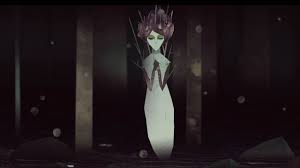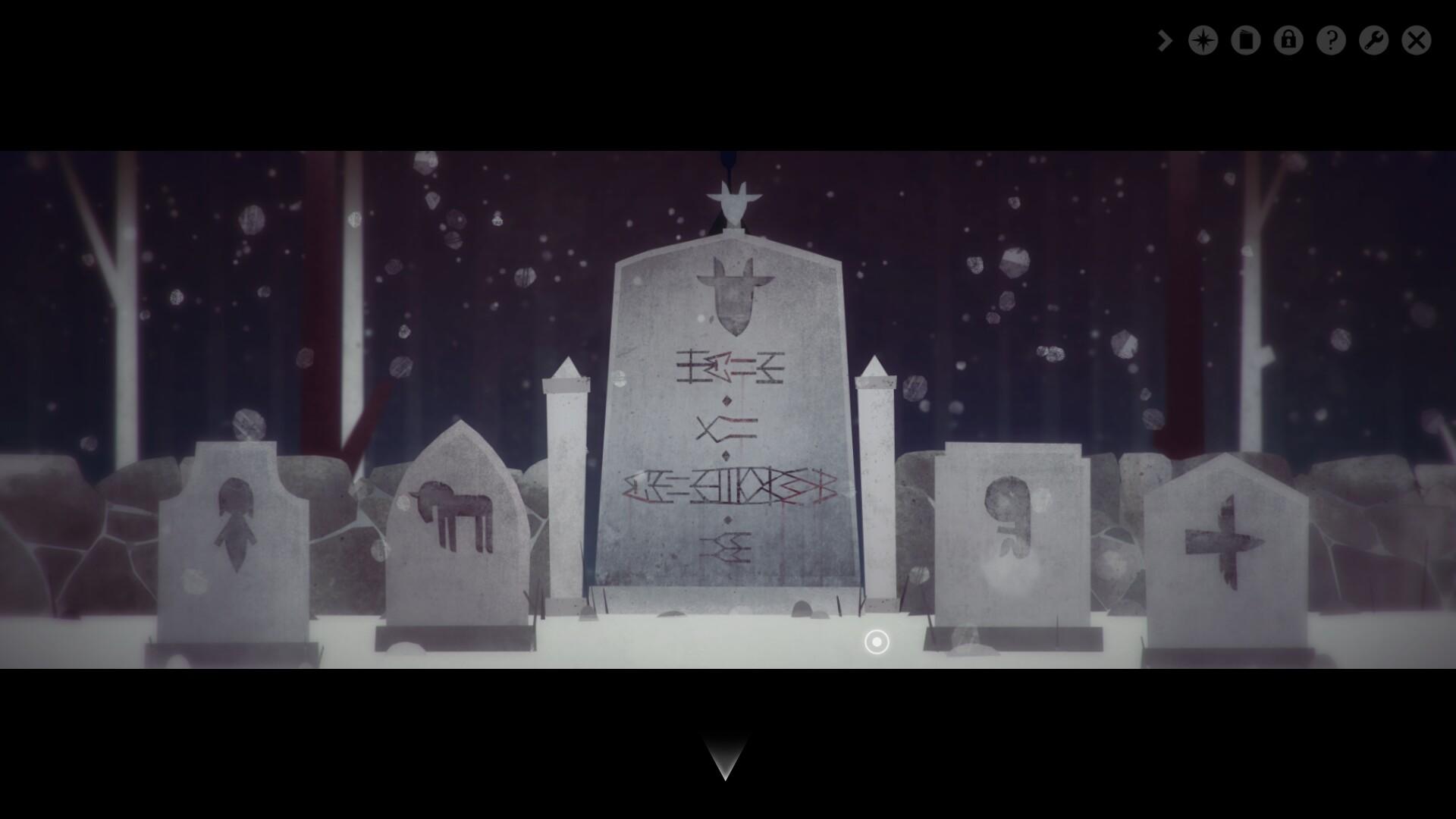For my Critical Play, I chose to play the game “Year Walk,” an adventure game developed by Simogo. Inspired by the ancient Swedish tradition called “Årsgång” or “year walk,” in which participants undertake a ritual walk to see visions of the future, the game follows protagonist Daniel Svensson as he similarly embarks on a journey in order to try and see the future.
The mechanics of the game—namely, exploration of a snowy, mysterious landscape, puzzle-solving that demands an interaction with and an understanding of Swedish folklore, a companion app that enriches the backstory, and non-liner unfolding of the narrative arc—collectively forge a rich narrative. These elements not only engage the player but also enhance the ambience-like feeling of the game.
As a player, navigating and exploring the landscape of Year Walk, the restriction of movement to lateral shifts across the screen was intriguing. This mechanic felt fitting with the game’s title, “Year Walk,” and it also set a deliberate pace that amplified the sense of isolation and disorientation accompanying this game. To me, the feeling of being restricted complemented the game’s themes in the best way possible. The limited paths and perspectives contributed to making the environment feel larger and more mystical, compelling me to pay closer attention to the visual and audio elements of the landscape. This focused my attention solely on the game, allowing for a more immersive and atmospheric experience.

In addition, the game’s puzzles, which required interacting with cryptic symbols and engaging with creatures, felt perfectly aligned with the folklore theme of the story. These puzzles acted as narrative gatekeepers, revealing new snippets of lore as I solved them. It was really cool how the integration of folklore within the game felt seamless. Often, when games incorporate a cultural narrative, there can be a learning curve, and it can become overwhelming to keep up with both the gameplay and thematic elements. However, in Year Walk, the integration of the thematic narrative within the puzzle-solving mechanic didn’t feel daunting to me. The blending of gameplay and folklore was organic, enhancing the overall experience without sacrificing accessibility or immersion.
Additionally, the companion app was a really smart idea and mechanic in helping to further advance the narrative beyond the confines of the main game structure. By providing historical context and folklore explanations, it allowed for a deeper dive into the game’s mysteries, serving as an effective narrative device.
Together, these mechanics allow the game’s narrative arc to unfold gradually but notably in a non-linear way. This culminates in significant revelations that recontextualize earlier parts of the game, encouraging players to revisit earlier assumptions and experiences. For example, we learn that the reason Daniel embarked on this Year Walk is because his lover Stina was fearful of a prophecy stating she would die young if she stayed with him. Thus, she married someone else, setting the context for Daniel’s intentions to see the future and possibly alter it. Along the same lines, the climax of the game is horrific, revealing that Daniel is stuck in a loop, and his actions led to Stina’s death, the very thing he wanted to prevent. This arc underscores the narrative and thematic aspects of the game, which revolve around the inescapability of fate. Ultimately, this non-linear storytelling technique, coupled with the revelations that reframe earlier events, creates a thought-provoking experience where players must reevaluate their understanding of the narrative.



